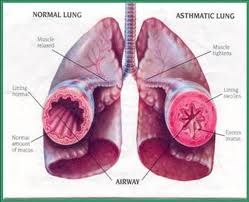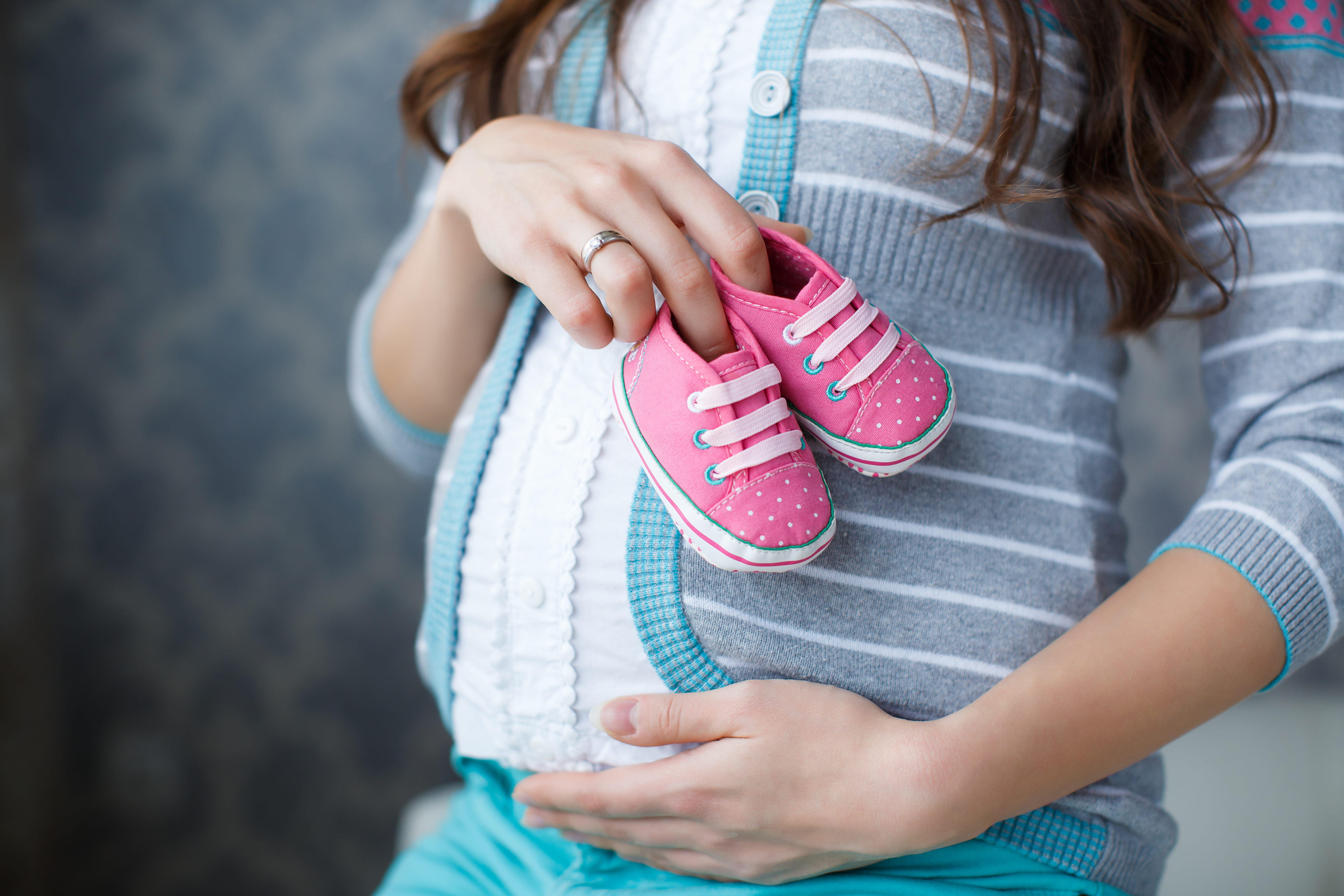ERS 2025: Asthma and Pregnancy
Asthma Exacerbations During Pregnancy
Presenter: Bohee Lee (United Kingdom)
Traditionally, asthma control in pregnancy was thought to follow a pattern where one-third improve, one-third worsen, and one-third remain unchanged based on older data.
Using primary care and hospital data from 2004 to 2020, including 1-year pre- and post-pregnancy, this study analysed adverse events patterns and risk factors, considering inhaled corticosteroid (ICS) adherence. Adverse events (AE) were defined as either a short course of oral steroid treatment or a visit to the emergency hospital. Among 40,196 women, 31% reduced ICS use during pregnancy. Overall, AE decreased during pregnancy but returned to pre-pregnancy levels by 9 months postpartum. Hospital-managed AE rose in pregnancy but declined afterward. Key risk factors for pregnancy AE included prior AE (adjusted-OR, 95%CI: 4.08, 3.80-4.38), pre-pregnancy regular ICS plus other preventers (OR 2.11, 1.87-2.37), eosinophils ≥0.3x10⁹/L (OR 1.36, 1.26-1.47), and reduced ICS adherence during pregnancy (OR 2.29, 2.12-2.47).
Two high-risk phenotypes were identified: severe type-2 high asthma and poor ICS adherence pre- or during pregnancy. Optimizing asthma control before pregnancy and supporting ICS adherence during pregnancy are essential to prevent adverse maternal and child outcomes.
Ref: European Respiratory Society Congress 2025, September 27 - October 1, Amsterdam, Netherlands




